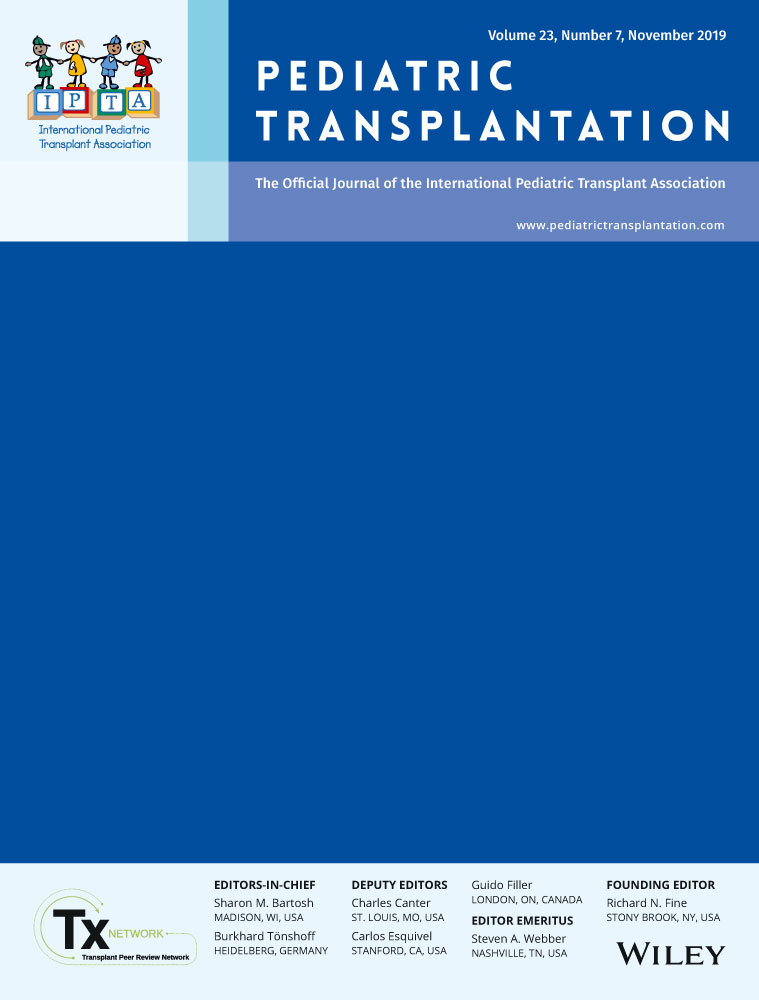Changes in cardiac function after renal transplantation in children: Significance of pre-transplantation left ventricular hypertrophy
Abstract
LVH is a significant risk factor for the development of cardiovascular morbidity. However, few studies have evaluated the changes in cardiac function that occur in pediatric patients with ESRD undergoing RTx. Therefore, we assessed the changes in parameters associated with LVH in children within the first year after RTx. We retrospectively evaluated patients aged < 18 years who underwent initial RTx from April 2014 to December 2016. The patients were divided into 2 groups according to the presence of LVH before RTx. Clinical, biochemical, and echocardiographic parameters including the LVMI before and 1 year after RTx were evaluated in both groups. Twenty-six patients were included in this study. Seven of the 26 patients had LVH before RTx. Among the echocardiographic parameters, the LVMI was significantly improved 1 year after RTx in the initial LVH group (57.79 ± 11.86 vs 42.20 ± 6.03 g/cm2.7, P = .018), while no change was observed in the initial non-LVH group (32.66 ± 7.52 vs 35.17 ± 12.86 g/cm2.7, P = .376). Improvement of the ejection fraction was also observed only in the initial LVH group (66.5% ± 5.3% vs 72.2% ± 5.2%, P = .042). Children who had LVH before RTx showed significant improvements in the LVMI and ejection fraction even within 1 year after RTx. To minimize aggravation of cardiac function, early RTx should be considered for patients with LVH.
CONFLICT OF INTEREST
None declared.




